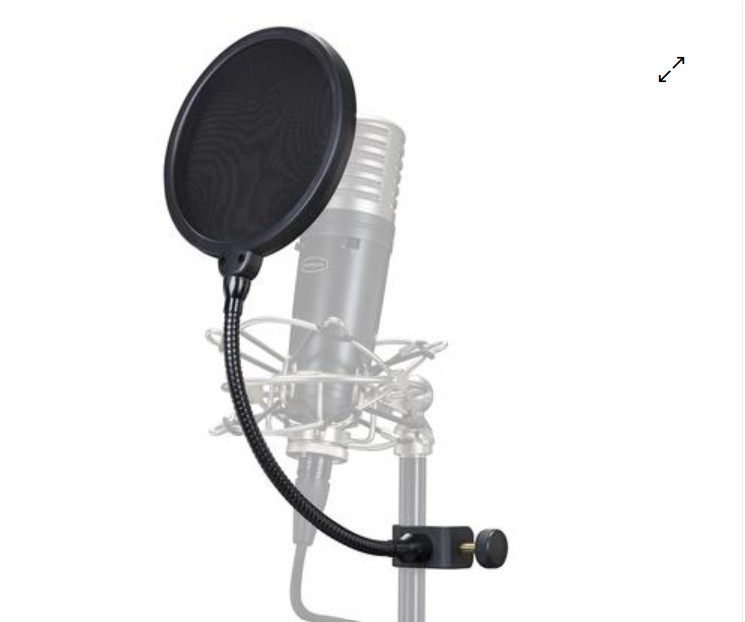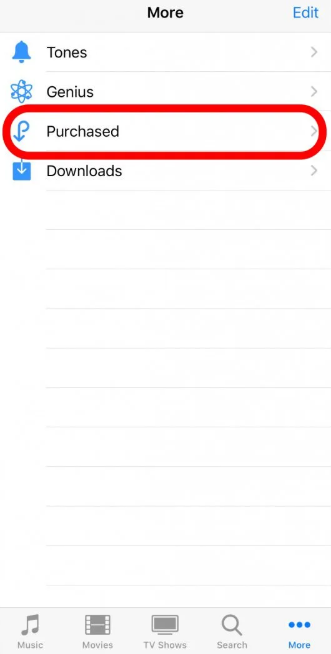Many people are fascinated by computers and music. Still, they are not aware of the fact that both of these worlds also join together through a technology called digital signal processing (DSP). So, what is a DSP in music? This article will tell you the complete scene of DSP in the audio field by touching several sub-topics, such as digital signal processing in audio effects, audio production, and live sound that you experience on a daily basis. At the end of your read, you will also understand how DSP improves the listening experience. So let’s get started.
How Did DSP Enter in Music Industry?

Digital signal processing, or DSP in music, has been there for quite a long time since the technology was introduced to the world. DSP came into existence in the middle of the 20th century when technology started influencing audio processing. In the early days, DSP was used to create basic audio manipulation effects, such as equalization and filters. These effects were applied using digital-to-analog and analog-to-digital conversion.
However, it was the time of 1980s and 1990s when DSP in music took a turning point when Digital Audio Workstations (DAWs) were introduced. DAWs like Cubase and Logic Pro allowed producers and musicians to record and amend audio signals digitally, which increased creative opportunities.
As time went by, the real-time DSP was brought and became widely popular in the audio plugins in the 21st century. Professional musicians and sound engineers now have access to a variety of software effects and instruments, providing them control and flexibility in music production.
What is a DSP in Music?

In music, DSPs are used to record digitized audio signals and are manipulated mathematically with the help of C++ algorithms. The signals are converted and processed to another type for usability. For instance, an analog-to-digital converter consumes signals and converts them into codes usually represented by 0s and 1s. Once the DSP digitizes these signals, it shows the information back in a way that is understandable and usable in the real world.
Example of DSP in Music
Audio Format Conversion
A simple explanation of a DSP in music is when sound is recorded in MP3. When the recording process begins, analog audio is received through a recording device. Then, the analog signal is turned into a digital signal through an analog-to-digital converter and sent to the digital signal processing.
The DSP encodes the MP3 and saves the audio file to memory. Whenever you desire to listen to the recording, DSP decodes the file and sends it back to the analog signal with the help of a digital-to-analog converter so the sound can be out through the speakers.
DSPs in VSTs
As DAWs are highly valued in digital music production, Virtual Studio Technology (VST) also plays a great role. VSTs are plugins that add sound effects and instruments that don’t come by default in the software. VSTs utilize DSP technologies with virtual interfaces to develop sound effects and virtual synthesizers.
Mostly, VSTs recreate real musical instruments and offer new functions for synths. This enables users to use various instruments in their tracks without needing big and heavy-sized equipment. All the work is done using a computer and a plugin. Also, these interfaces have the same knobs and switches as available in audio tools. They look and feel real but are programmed and backed by the digital signal processing system.
DSP in Music Effects
DSP is a huge field comprised of various tools and techniques, each serving a particular purpose in sound processing. It has sheer importance in modern sound production, providing opportunities to improve creativity and quality of sound. Here are some essential music effects powered by DSP.
a. Filtering
Filtering is a basic characteristic of digital signal processing (DSP), where band-pass, notch, high-pass, and low-pass filters are used to adjust audio’s frequency. All these filters allow you to control different parts of the audio and influence the overall sound features.
b. Equalization
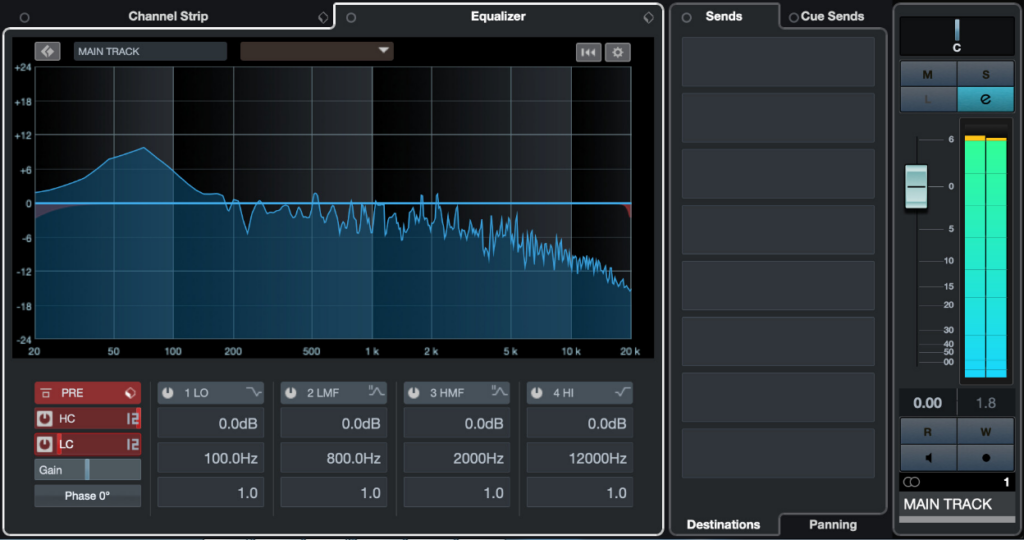
EQ or equalization is an essential DSP tool. It allows you to make accurate adjustments to the audio’s tonal balance by amplifying or condensing frequency ranges. This kind of fine-tuning permits you to achieve a polished and more balanced sound by ensuring every element in the musical arrangement is noticeable.
c. Virtual Musical Instruments
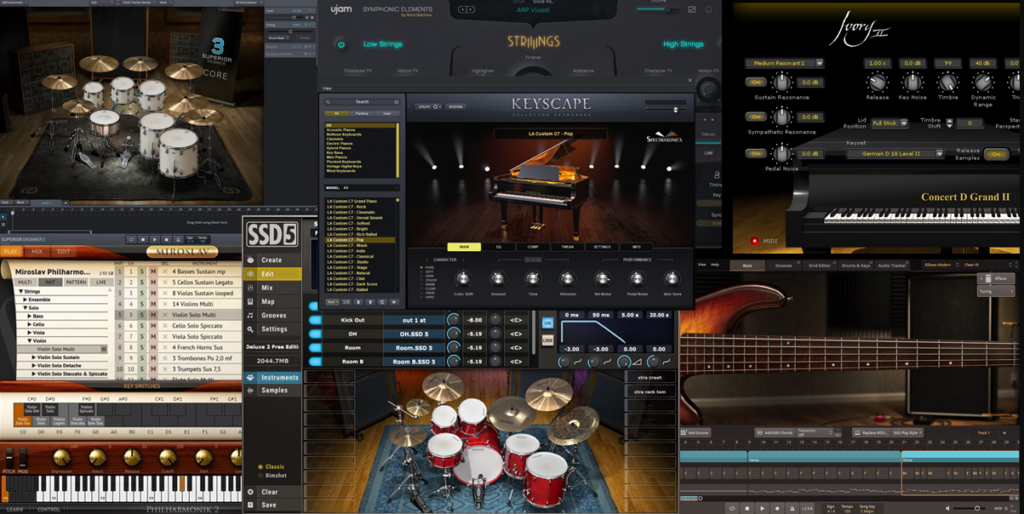
Almost all virtual instruments bank on DSP techniques to produce and choreograph sounds. As discussed in the previous section, these are software-based instruments with real-world behavior, making it smooth for composers and musicians to create music using different virtual sounds, including piano, violin, cello, guitar, and more.
d. Time-based Effects
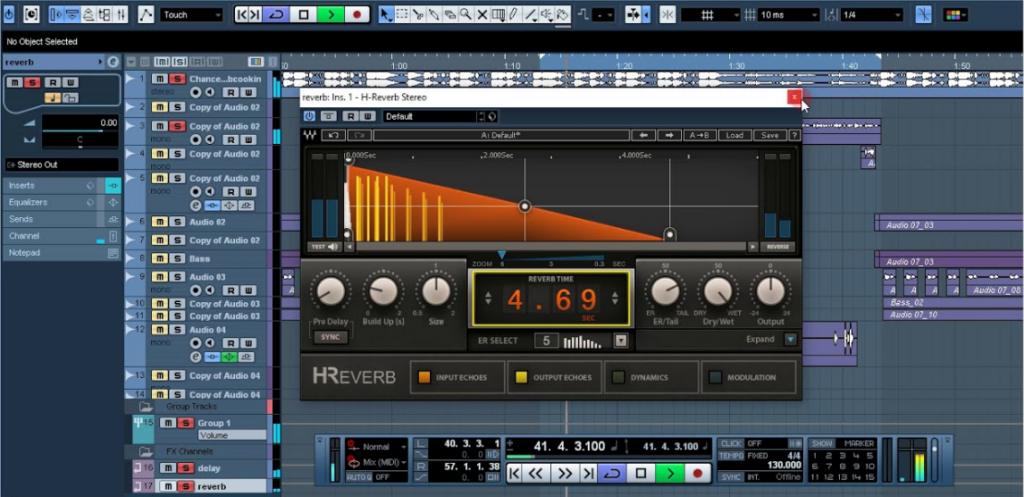
Delay, chorus, and reverb are some of the many time-based effects widely used in audio. These effects make the audio captivating and mesmerizing by adding depth to the sound. For instance, delay generates echoes, reverb produces different kinds of acoustics, and chorus makes the sound richer and more textured. All of them are the offshoot of DSP; otherwise, the world would not have experienced these boons.
e. Compression

Compression helps control the audio signal’s dynamic range. It allows sound engineers and music producers to keep a consistent level in an audio mix and improves loudness by lessening the difference between quiet and loud parts. Compression is vital for experiencing closely-knit and professional sound, and this has all become possible because of DSP.
f. Spatial Audio
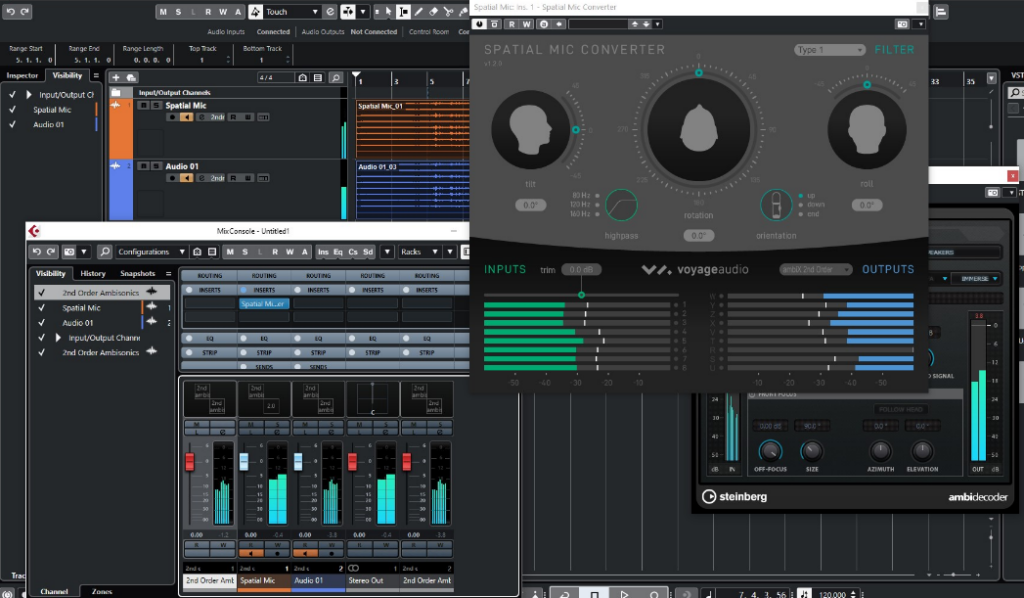
Spatial audio is a popular audio-enhancing method used for big sound environments. Spatial audio processing is required for crafting tremendous acoustic environments and keeping up with multichannel audio formats, including 3D and surround sound. Here too, DSP plays an important role, allowing the sound to position in a three-dimensional space, improving the immersion and realisticness of audio.
g. Pitch Shift

Time stretch and pitch shifting are two more artistic DSP techniques that permit tempo and pitch alterations without losing audio quality. Musicians across the globe highly use these methods for sound design and audio remixing. So, the next time you listen to an old song with modern beats with a change in its speed or pitch, remember it is the DSP that allows it to happen.
h. Spectral Processing
Spectral processing is a way to assess a specific sound to achieve an alternative frequency domain representation that can be converted and transposed to generate new sounds. This DSP technique provides the ability to change the audio’s frequency content in more twisted ways, opening the doors to create distinctive sounds. It enables audio engineers to make innovative and unfamiliar sonic wave textures.
DSP in Audio Production
DSP holds a rigid position when it comes to audio production at a professional level. It provides a series of tools for producers and musicians to magnify their creative abilities. There are three main phases where DSP plays a key role, such as:
Stage 1: Audio Recording and Editing
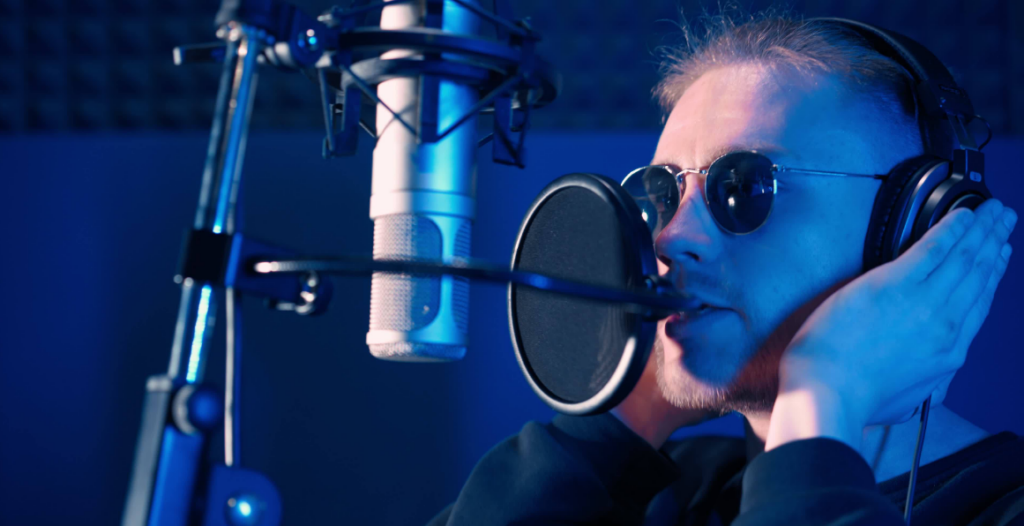
When recording is at its initial stage, DSP gives enormous capabilities to producers. It supports various tasks, including noise reduction, pitch adjustment and correction, and microphone preamp modeling.
If you notice, all these three phases are crucial parts of audio recording. Noise reduction helps mitigate the intensity of unwanted background noise to ensure the recording remains clear. Pitch accuracy, which is mostly done by using Auto-Tune tools, aids artists in attaining the ideal pitch after vocal recording. Likewise, microphone preamp modeling permits the mirroring of several preamp characteristics necessary to achieve the expected tonal quality.
Moreover, DSP ensures a smooth editing phase. It allows producers to accurately copy, paste, and cut audio areas, which simplifies the track arrangement. For example, if you have delivered perfect vocals in any one part of your song, but there are problems in other sections, the DSP technology is powerful enough to correct the messed up parts by copying the best version of your vocals and pasting it wherever required.
Stage 2: Audio Mixing

The real essence of DSP shines when you reach the mixing stage of an audio. Audio engineers and producers use different tools and effects to shape the sound of tracks individually and create a comprehensive mix. If you remember the previous part of this article, you will realize that this is the phase where effects like EQ, compression, and reverb are used. Besides, DSP also allows musicians to use automation features in DAWs (Digital Audio Workstations) to enable amendments in effect parameters when needed.
For instance, a gradual escalation in a sound can be made more noticeable by automating reverb severity. This adds a whole new level of excitement to the audio mix. However, DSP in the mixing domain is not just about rectification; it is more about creative expression where producers adjust audio like molding a sculpture.
Stage 3: Audio Mastering

After the raw sound is mixed, it is brought to the final stage of mastering to ensure that the audio sounds superb on all audio devices, from earbuds to speakers, and this cannot be done without digital signal processing.
Mastering professionals believe heavily in DSP to purify the overall audio recording. At this stage, they use several DSP tools, like EQ, multiband compression, and limiting, to make sure the music is gleamed and is ready for launch.
At the mastering stage, EQ corrects imbalances in the sound that may have been unintentionally ignored during mixing. The multiband compression gives control over various frequency bands, allowing engineers to further balance the sound for improved clarity. At the same time, limiting ensures that the sound does not exceed a specific level so that there is no distortion in the overall music track.
DSP in Live Music

If you think DSP is only limited to the studio environment, here’s some news for you. Digital signal processing is a necessity when it comes to live sound. The technology is also used for live concerts, gigs, and live audio recordings to make sure the audience gets the same feel as listening to the studio recordings. Here’s how DSP helps in live performance scenarios.
a. Immersive Audio Experience
Immersive experiences and spatial audio have been extremely popular in live music, especially in these modern times. Events and concerts are rapidly welcoming technologies that offer a three-dimensional, immersive sound environment. But guess who’s the main player behind such innovations that allow artists to build a multidimensional audio realm? It is the DSP, indeed.
Through mindful audio manipulation, DSP permits you to position and move sounds at the live venue, be it a closed or an open-air auditorium. From making each person feel in the middle of the audience to crafting hypnotic surround sound, DSP increases the live concert experience.
b. Room Correction
DSP enables room correction and tuning. Although it may look like a simple task of adjusting the levels, it is far more than that. No matter how complex the live sound systems are, they always need to be adjusted according to the place they are being installed. That means every venue requires different room correction settings, and this is where DSP saves the day.
It corrects system response and room acoustics according to the place. To do so, the sound engineers utilize special software and equipment to measure the levels. These tools assess the acoustic characteristics of the site and then fine-tune the live sound system accordingly to ensure the crowd savors constant sound quality whether they are standing at the front or back.
c. Customized Mixing on the Monitors
Musicians and vocalists, when performing on the stage, highly rely on customized mixes coming out of their on-stage monitoring equipment. Each performer has special requirements for choosing what to hear from their nearby monitors. So, DSP allows sound engineers to personalize mixes as per the liking of the artists. This not only improves their experience but also works tremendously well at decreasing the stage sound. As a result, the stage remains noiseless while the audience cherishes improved sound quality.
d. Feedback Suppression
Feedback suppression is another irreplaceable element of DSP. It is no surprise that during live performances, feedback issues mostly occur and disturb the vibe. But, here again, DSP-based suppression tools help identify and reduce feedback problems in real time. By utilizing DSP filters, engineers can determine and put an end to feedback frequencies. This allows the show to continue without disruptions or screeches. So, in a way, DSP systems act as unsung heroes behind the curtains, ensuring a high audio experience for your audience.
Conclusion
Many people still think, what is a DSP in music? And how it works. Well, DSP is an enthralling technology that has no physical existence, but it works silently to tailor many of your favorite instrumentation and sounds used in the world of music. Through C++ algorithms to amend digitized sound, it allows musicians, producers, and audio engineers to do wonders in the studio as well as live performances. Moreover, it enables them to use a wide range of filters to enhance the sound quality. Plus, it supports the entire mixing and mastering stages of a song.
When handling DSP setups for live sound environments, clear and smooth communication between audio engineers, technicians, and performers is crucial. Utilizing a professional wireless intercom system ensures reliable communication, enabling teams to coordinate DSP adjustments efficiently and elevate overall sound quality during live events.
FAQs
Q1. Why DSP is important in music?
Digital Signal Processing (DSP) is important in the music industry for applying effects, changing audio signals in different ways, and improving audio quality.
Q2. Do artists use DSP systems in live concerts?
Yes, many artists use DSP systems during their live concerts to enhance their live performances.
Q3. What is the best DSP device for a studio?
Some popular DSP devices to use in studios are digital audio workstations (DAWs) and hardware processors.
Q4. How to deploy DSP in music?
DSP in music is implemented by using hardware and software devices to shape and modify audio signals during audio recording, audio mixing, and mastering activities.

































.png)



